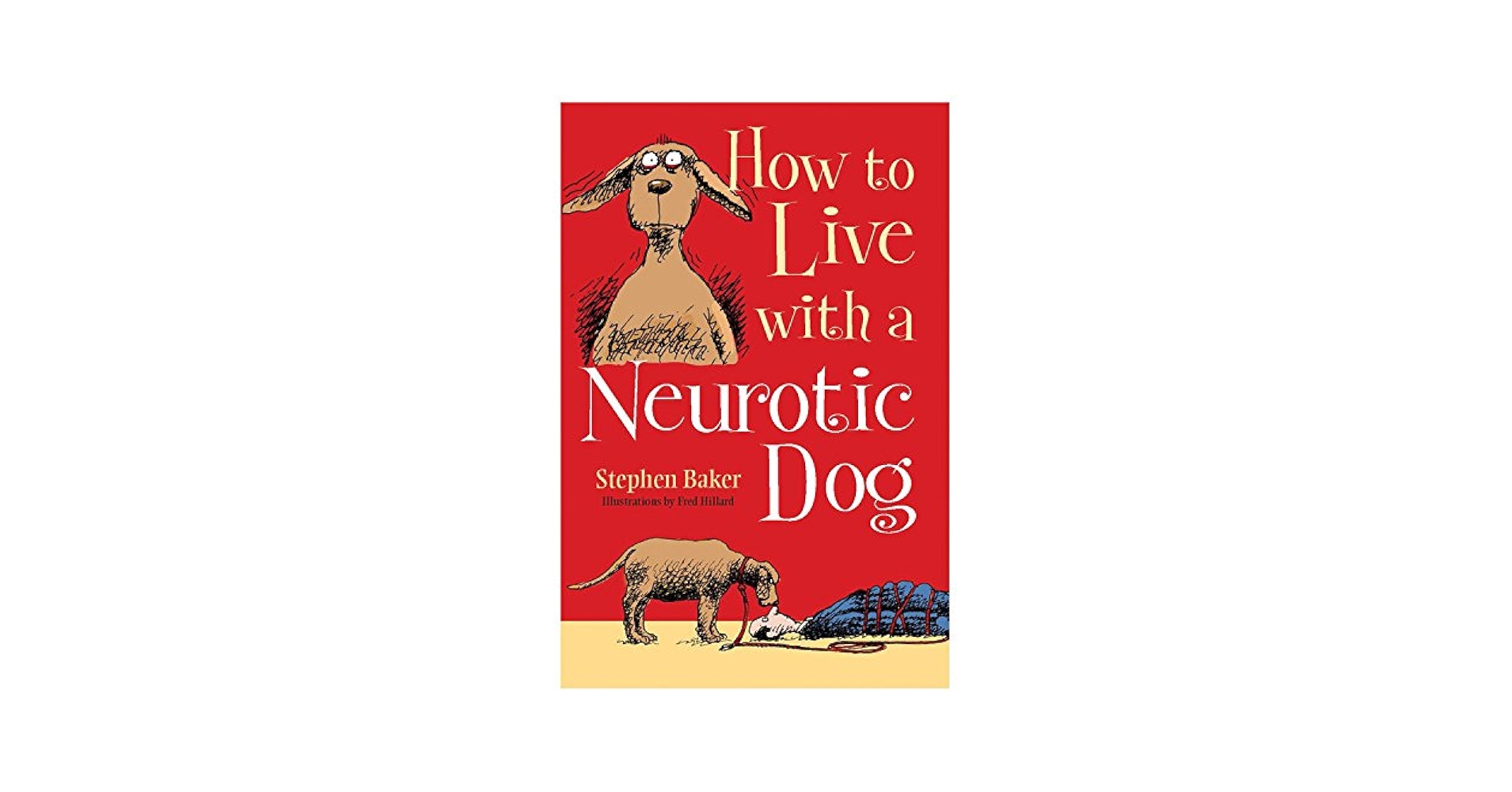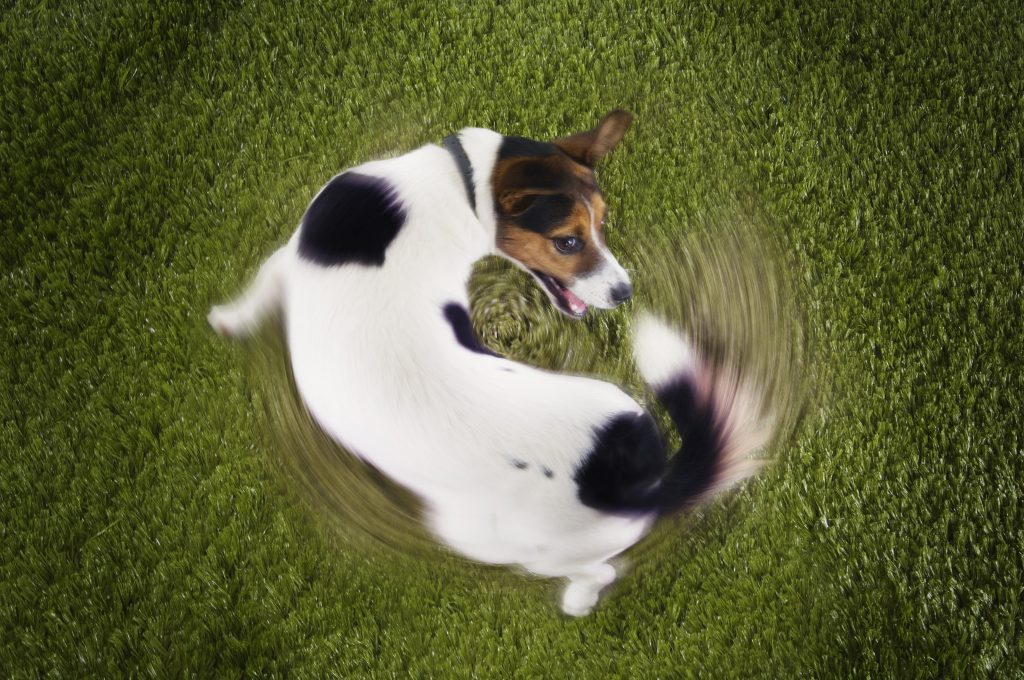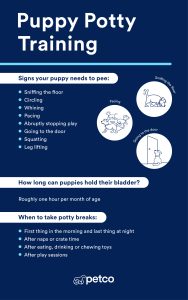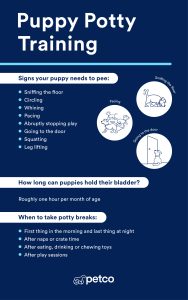Have you ever noticed your dog acting restless, pacing, or barking without a clear reason? These behaviors might be signs of neurotic dog behavior, something that can be confusing and even frustrating for you as a pet owner.
Understanding why your furry friend acts this way is the first step toward helping them feel calm and happy again. You’ll discover what causes neurotic behavior in dogs, how to recognize the signs, and simple steps you can take to support your pet’s well-being.
Keep reading—your dog’s peace of mind depends on it.
Common Causes Of Neurotic Behavior
Neurotic behavior in dogs can be puzzling and hard to manage. Understanding its causes helps pet owners provide better care.
Several factors can lead to neurotic traits. These include genetics, early experiences, environment, and health.
Genetic Factors
Some dogs inherit traits from their parents that affect behavior. Genes can make certain dogs more prone to anxiety and fear.
Early Life Experiences
How a puppy grows up shapes its future behavior. Stressful or neglectful early days may cause lasting effects.
- Separation from mother too soon
- Lack of socialization with other dogs
- Exposure to loud noises or chaos
- Inconsistent handling by people
Environmental Stressors
Daily surroundings can influence a dog’s mental health. Stress from noise, changes, or lack of routine adds pressure.
| Stress Factor | Effect on Behavior |
| Loud noises | Increased anxiety and fear |
| Moving homes | Confusion and nervousness |
| Other aggressive pets | Stress and defensive actions |
| Inconsistent schedules | Restlessness and agitation |
Health Issues
Health problems can cause pain or discomfort, triggering nervous behavior. Illness may make dogs more irritable or withdrawn.
Common health causes include:
- Chronic pain from arthritis or injury
- Neurological disorders affecting the brain
- Hormonal imbalances like thyroid issues
- Side effects of medication
Credit: mail.sadio.org.ar
Signs Of Neurotic Behavior In Dogs
Neurotic behavior in dogs shows through unusual actions. It can affect their mood and health.
Spotting these signs early helps owners give the right care and support to their pets.
Excessive Barking Or Whining
Dogs with neurotic behavior often bark or whine too much. This can happen without clear reasons.
They may do this when left alone or in new places. It shows anxiety or stress.
Destructive Chewing
Chewing is normal but becomes a problem if it is constant and harmful. Neurotic dogs chew on furniture or shoes.
- Chewing on household items
- Damaging toys or bedding
- Destroying walls or doors
- Chewing to relieve stress
Repetitive Movements
Neurotic dogs may show repeated actions like pacing or spinning. These movements can last for minutes or hours.
| Behavior | Description |
| Pacing | Walking back and forth without stopping |
| Spinning | Circling in one spot repeatedly |
| Tail Chasing | Trying to catch their own tail often |
| Excessive Licking | Constantly licking a body part |
Aggression Or Fearfulness
Neurotic dogs might growl, snap, or hide. Fear and aggression can come from feeling unsafe.
Signs to watch for include:
- Growling at people or other animals
- Hiding in corners or under furniture
- Showing teeth or snapping
- Shaking or trembling
Impact On Dog’s Well-being
Neurotic behavior in dogs affects their overall health and happiness. It can cause many problems that lower their quality of life.
Understanding these effects helps owners provide better care and support for their dogs.
Physical Health Effects
Neurotic dogs often show physical signs of stress. They may lick or chew themselves too much, leading to skin damage.
Stress can also cause digestive issues and weaken the immune system. These effects make dogs more vulnerable to illness.
- Excessive licking or chewing
- Hair loss and skin sores
- Stomach upset and diarrhea
- Lowered resistance to infections
Emotional And Mental Strain
Neurotic dogs feel anxious and stressed most of the time. This constant worry harms their mental health.
They may have trouble relaxing and show signs of fear or panic. These feelings reduce their ability to enjoy life.
- Increased anxiety and fear
- Difficulty calming down
- Signs of panic or nervousness
- Reduced enjoyment of activities
Social Interaction Challenges
Neurotic dogs often avoid other dogs and people. They may act shy or aggressive during social encounters.
This behavior can lead to isolation and fewer chances to learn good social skills. It also increases stress for the dog and owner.
- Avoidance of other dogs and people
- Shyness or fear in social settings
- Aggression caused by stress
- Less social learning and play

Credit: sarahowendogtraining.com
Behavioral Modification Techniques
Neurotic dog behavior can be a challenge for pet owners. Understanding behavioral modification techniques helps improve your dog's well-being.
These techniques are based on understanding and adjusting your dog's behavior in positive ways.
Positive Reinforcement
Positive reinforcement encourages good behavior by rewarding your dog. This can help reduce neurotic tendencies over time.
- Use treats to reward calm behavior.
- Praise your dog when it obeys commands.
- Provide toys as incentives for good behavior.
Desensitization And Counterconditioning
Desensitization reduces fear of certain stimuli. Counterconditioning changes your dog’s response to these stimuli.
| Trigger | Desensitization Method | Counterconditioning Reward |
| Loud Noises | Gradually increase volume | Treat after calmness |
| Strangers | Controlled exposure | Favorite toy |
| Vacuum Cleaner | Start from a distance | Affectionate petting |
Routine And Structure
Consistency helps dogs feel secure. A structured routine can reduce anxiety and neurotic behaviors.
Avoiding Punishment
Punishment can increase anxiety and fear in dogs. Instead, focus on positive techniques to encourage desired behaviors.
Environmental Adjustments
Neurotic dogs often feel anxious and uneasy in their surroundings. Changing their environment can help calm them down.
Small adjustments can make a big difference in how your dog behaves daily.
Safe Spaces
Dogs need a quiet, comfortable spot to relax and feel safe. This helps reduce their anxiety.
Provide a cozy bed or crate in a low-traffic area. Keep this space free from loud noises and distractions.
Enrichment Activities
Keeping your dog busy with fun activities lowers stress and nervous behavior. Enrichment helps their brain stay active.
Use puzzle toys, scent games, or treat-dispensing toys. Rotate toys often to keep your dog interested.
- Puzzle feeders to challenge their mind
- Scent trails to encourage natural sniffing
- Chew toys to relieve tension
Consistent Exercise
Regular walks and playtime help reduce nervous energy in neurotic dogs. Exercise releases calming chemicals in their brain.
Keep a daily routine for walks and active play. Avoid sudden changes in exercise times or intensity.
- Walk at the same times each day
- Include play sessions after walks
- Use gentle activities for sensitive dogs
Reducing Stress Triggers
Identify things that make your dog nervous and try to limit them. Reducing triggers helps lower anxiety levels.
Common triggers include loud noises, strange people, or crowded places. Create a calm environment by avoiding these when possible.
- Keep windows closed during loud storms
- Use calming music or white noise
- Limit exposure to busy or loud areas

Credit: www.amazon.com
When To Seek Professional Help
Neurotic behavior in dogs can be stressful for both pets and owners. Knowing when to get help is important.
Some behaviors need professional evaluation to keep your dog healthy and happy.
Veterinarian Evaluation
A vet checks your dog’s physical health to rule out medical causes. Some illnesses cause anxiety or strange behavior.
Look for signs like sudden changes in mood, appetite, or sleep. These could mean health problems.
Certified Behaviorists
Behaviorists are experts who study animal actions and emotions. They can diagnose neurotic behaviors and suggest plans.
- They observe your dog’s habits and environment.
- They identify triggers for anxiety or fear.
- They create a behavior modification plan.
- They teach owners how to support their pets.
Therapeutic Interventions
| Therapy Type | Description | When Used |
|---|---|---|
| Behavioral Therapy | Trains dogs to change negative habits | For fear and anxiety issues |
| Medication | Drugs to calm severe anxiety or stress | When behavior therapy is not enough |
| Environmental Enrichment | Adding toys and activities to reduce boredom | For dogs showing destructive behavior |
Combining therapies often gives the best results. Follow professional advice closely for your dog’s safety.
Medications And Supplements
Neurotic behavior in dogs can cause stress and discomfort. Medications and supplements help manage this behavior safely.
Choosing the right treatment depends on the dog’s needs and veterinarian advice. Both drugs and natural options can support calm behavior.
Anxiety-reducing Drugs
Some dogs need medicine to lower anxiety. These drugs work on the brain to reduce nervousness and fear.
Common anxiety drugs include antidepressants and anti-anxiety medicines. They help dogs stay calm in stressful situations.
- Selective Serotonin Reuptake Inhibitors (SSRIs)
- Tricyclic Antidepressants (TCAs)
- Benzodiazepines for short-term relief
- Buspirone to reduce anxiety
Natural Remedies
Natural supplements can also help calm neurotic dogs. These are gentle and often have fewer side effects.
Common natural remedies include herbs, vitamins, and pheromone products. They support relaxation and reduce stress.
- CBD oil from hemp plants
- Chamomile and valerian root
- Omega-3 fatty acids for brain health
- Dog-appeasing pheromone sprays and collars
Proper Dosage And Monitoring
Correct dosage is key for safe and effective treatment. Always follow the veterinarian’s instructions closely.
Regular monitoring helps spot side effects or changes in behavior. Adjustments may be needed for the best results.
- Start with the lowest effective dose
- Observe your dog daily for mood or health changes
- Report any side effects to your vet
- Do not stop medications suddenly without advice
Frequently Asked Questions
What Causes Neurotic Behavior In Dogs?
Neurotic behavior in dogs often stems from anxiety, stress, or past trauma. Genetics and environment also play roles. Lack of socialization and inconsistent training can worsen symptoms. Identifying triggers helps manage and reduce neurotic tendencies effectively.
How Can I Calm A Neurotic Dog?
Calm your neurotic dog by providing a consistent routine and safe environment. Use positive reinforcement and gentle training techniques. Regular exercise and mental stimulation reduce anxiety. Consult a vet for behavioral therapy or medication if needed.
Are Neurotic Dogs Aggressive?
Not all neurotic dogs are aggressive. Some may show fear-based aggression or withdrawal. Neurotic behavior often includes excessive barking, pacing, or trembling. Proper training and care can manage these behaviors and improve your dog’s well-being.
Can Diet Affect Neurotic Dog Behavior?
Yes, diet can influence a dog’s mood and behavior. Nutrient deficiencies or food sensitivities may increase anxiety. Feeding a balanced, high-quality diet supports brain health and emotional stability in neurotic dogs.
Conclusion
Neurotic dog behavior can be tough to handle. It affects your dog’s happiness and health. Understanding the signs helps you act early. Calm, steady care can ease your dog’s stress. Consistent routines and gentle training work well. Patience is key to seeing real progress.
Your dog needs love and support every day. Small changes make a big difference over time. Stay observant and adjust care as needed. You can help your dog feel safe and calm.

Emily Barker is the founder of ChillDogLife.com, a space dedicated to helping pup parents discover the best dog products, lifestyle tips, and cozy ideas for happier homes.
A lifelong dog lover, Emily combines her passion for pets with a knack for research to share trusted recommendations on everything from toys and furniture to health and everyday care.
Her goal is simple: to make life easier, stylish, and more joyful for dogs and the people who love them.







